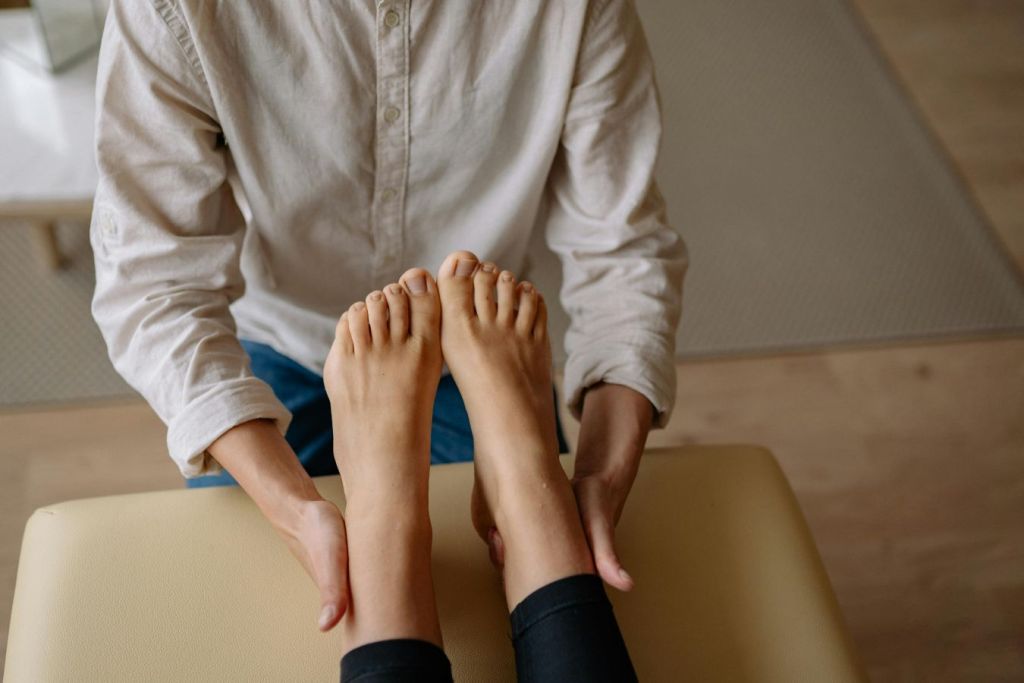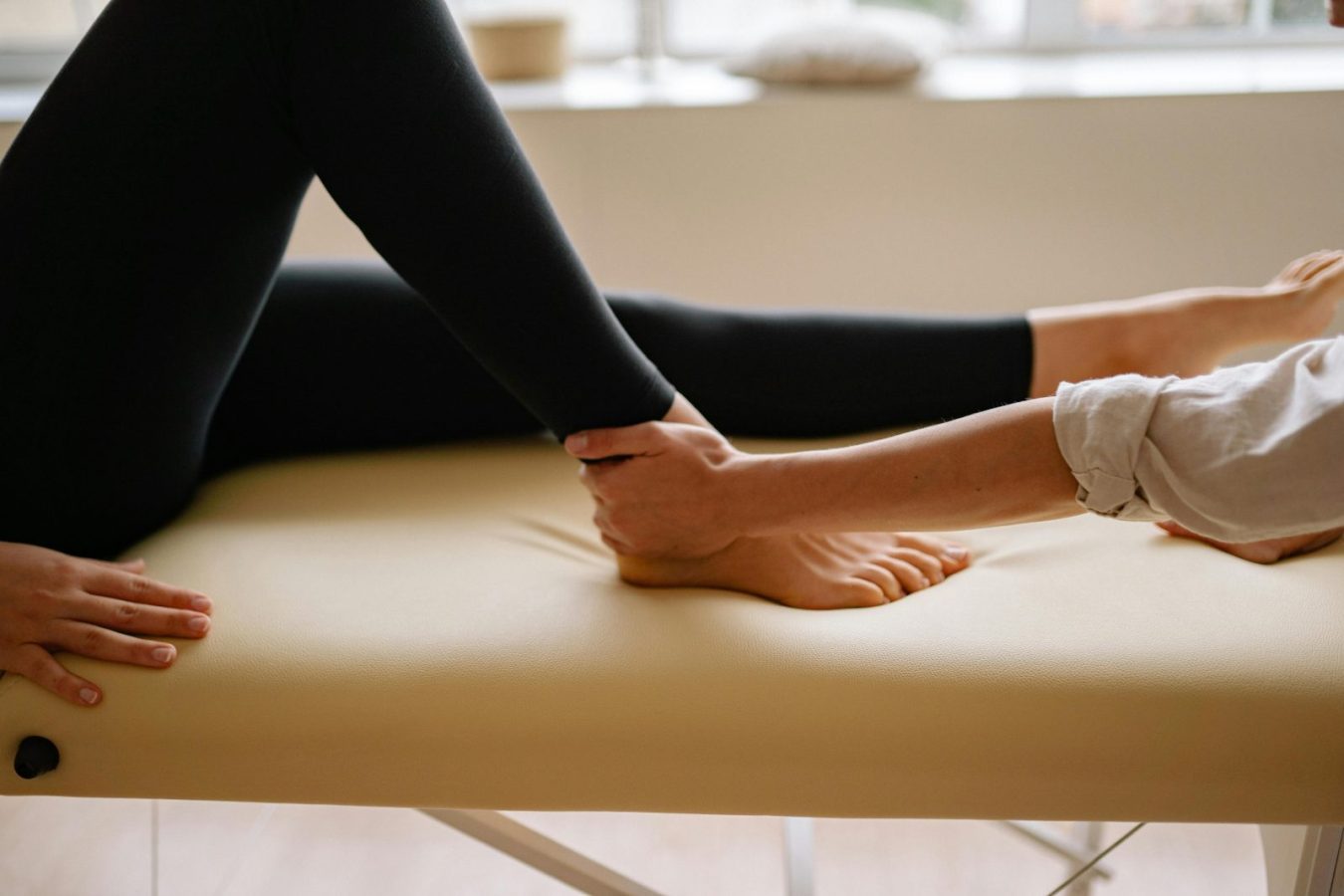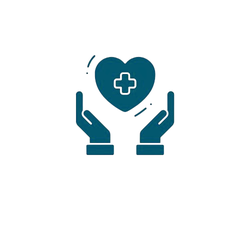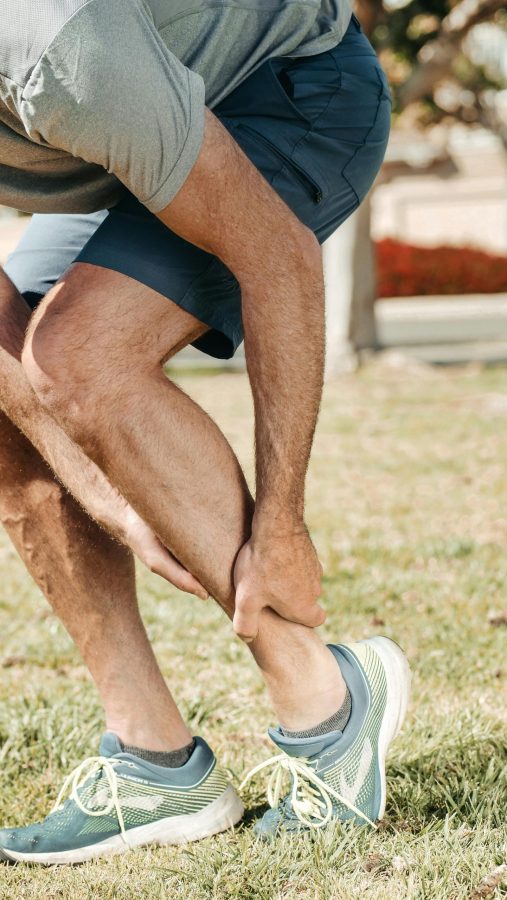Leg pain is something almost everyone experiences at some point, but when you catch yourself asking why do my legs hurt so bad it can be frustrating and even alarming. Discomfort ranges from dull soreness to sharp, persistent pain and may be triggered by anything from temporary overuse to serious medical conditions. This guide breaks down the most common causes, simple checks you can do at home, proven relief strategies, and the red flags that mean it’s time to see a doctor.
Why Do My Legs Hurt So Bad?
The exact phrase why do my legs hurt so bad is one of the most common health questions online. Sometimes the explanation is simple — you walked more than usual, skipped a warm-up, or spent hours sitting. Other times it points to circulation problems, nerve irritation, joint disease, or (rarely) a blood clot. Paying attention to when the pain appears (at night, during walking, after a workout), where it’s located (thighs, calves, shins, feet), and what makes it better or worse helps narrow the cause.
A quick self-check can guide you:
- Pain after activity? Think muscle fatigue, cramps, or shin splints.
- Heaviness and swelling toward evening? Consider venous issues such as varicose veins or chronic venous insufficiency.
- Burning, tingling, or “electric” pain from the back down a leg? Nerve irritation (e.g., sciatica) is possible.
- Pain with walking that eases quickly with rest? Reduced arterial blood flow (PAD) may be a factor.
- Sudden one-leg swelling with warmth/redness? Rule out a deep vein thrombosis (DVT) urgently.
Muscle Fatigue and Overuse
One of the most common reasons people feel severe leg discomfort is muscle fatigue. Intense workouts, long walks, or hours of standing create tiny microtears in muscle fibers that lead to delayed onset muscle soreness (DOMS). Skipping a warm-up or cool-down, dehydration, and low electrolytes make cramps and soreness more likely. Research on exercise-related leg pain shows overuse and poor technique are frequent culprits.
- Typical signs: diffuse, symmetrical soreness; stiffness peaking 24–72 hours after activity.
- Triggers: sudden increase in training volume, hill sprints, jumping, or new shoes.
- What helps: active recovery walks, gentle stretching, hydration, light massage, and sleep.

Shin Splints and Stress Reactions
Pain along the front or inner edge of the shin often indicates medial tibial stress syndrome (“shin splints”). It’s common when running volume jumps too fast, footwear is worn out, or form is off. Ignoring the signals can progress to a stress reaction or even a stress fracture.
- Clues: tenderness along the shin bone; pain early in runs that eases as you warm up, then returns.
- First steps: back off mileage, switch to softer surfaces, check shoes, and add calf/foot strengthening.
- See a clinician if: pain is focal (one spot), sharp, or persists at rest — to rule out a stress fracture.
Night Cramps and Restless Legs
Sudden calf cramps at night can stem from dehydration, low electrolytes, or muscle fatigue. Another common nighttime issue is restless legs syndrome (RLS), which creates an urge to move and uncomfortable sensations in the legs. According to StatPearls (NCBI), RLS typically worsens at night and improves with movement.
- Try this: evening calf stretching, a short walk before bed, hydration, and consistent sleep timing.
- Ask your clinician about: iron studies (ferritin), magnesium intake, and medications that may aggravate RLS.
Circulation Problems
Poor blood flow is a frequent concern. When muscles and tissues don’t get enough oxygen, you may feel aching, heaviness, or swelling. Common culprits include varicose veins, chronic venous insufficiency, peripheral artery disease (PAD), and in urgent cases, a deep vein thrombosis (DVT). Learn more in the Mayo Clinic overview of leg pain causes.
Venous Issues (Veins)
- Symptoms: heavy, aching legs that worsen after standing; ankle swelling; visible varicose veins.
- Home measures: leg elevation 10–15 minutes, walking breaks, and graduated compression stockings (20–30 mmHg if tolerated).
- Medical options: venous ultrasound, sclerotherapy, or ablation for significant reflux (discuss with a vascular specialist).
Arterial Issues (PAD)
- Symptoms: cramping pain with walking that eases at rest (claudication); cold feet; slow-healing wounds.
- Actions: stop smoking, manage blood pressure/sugar/cholesterol, and ask about an ABI test (ankle-brachial index).

Nerve-Related Pain
Not all leg pain is muscular or vascular. Sciatica and pinched nerves from a lumbar disc can cause sharp, shooting pain down the leg. Neuropathy (for example, diabetes-related) may bring burning, tingling, or numbness. If your pain feels electric or travels from the lower back to the foot, consider a nerve source.
- Sciatica clues: pain radiating below the knee, worse with coughing or prolonged sitting.
- What may help: gentle nerve-glide exercises, posture changes, and a short course of anti-inflammatories (if safe for you).
- Seek care urgently if: new weakness, foot drop, bowel/bladder changes, or saddle numbness occur.
Joint Pain and Arthritis
Aching around the knees, hips, or ankles can reflect joint overload, osteoarthritis, or inflammation from an injury. Extra body weight, previous trauma, and repetitive strain accelerate wear and tear. Strengthening surrounding muscles, improving mobility, and pacing activity are the core strategies to reduce joint-driven leg pain.
- Focus on: hip and glute strength for knee comfort; ankle mobility for better gait mechanics.
- Tools: cushioned shoes, activity pacing (10–20% weekly increases), and occasional bracing or taping.
“No Reason” Pain: Lifestyle Triggers
Pain rarely appears without any cause, even if it feels that way. Hidden triggers include too much sitting, stress, poor sleep, subtle vitamin/mineral deficiencies (e.g., vitamin D or magnesium), or new footwear changing your gait. Simple routine changes often reduce that puzzling “no reason” pain.
- Move every hour: 2–3 minutes of walking or calf raises counteracts stiffness and swelling.
- Hydrate: aim for pale-yellow urine; add electrolytes on heavy training days.
- Check footwear: replace worn-out shoes; consider insoles if arches collapse or pronation is excessive.
- Sleep consistency: 7–9 hours with a regular schedule supports recovery and pain control.
- Discuss labs with a clinician: ferritin (iron stores) and vitamin D if fatigue or night discomfort persists.
Home Remedies and Prevention
If you’re thinking “why do my legs hurt so bad” right now, start with low-risk steps that address the most common drivers of pain and tightness.
R.I.C.E. for Recent Overuse
- Rest: reduce impact activity for 24–72 hours; keep gentle walking.
- Ice: 10–15 minutes on sore spots up to 3×/day in the first 48 hours.
- Compression: light calf sleeves or elastic wraps can limit swelling.
- Elevation: feet above heart level for 10–15 minutes to ease heaviness.
Go-To Stretches (Daily)
- Calf stretch against a wall: 2×30–45 seconds each side; keep heel down.
- Seated hamstring stretch: tall spine, hinge at hips; 2×30–45 seconds each side.
- Hip flexor lunge: gentle forward shift; 2×30–45 seconds each side.
- Foot/arch mobility: roll a ball under the foot 1–2 minutes per side.
Strength That Protects
- Calf raises: 3×12–15; progress to single-leg when painless.
- Glute bridge or hip thrust: 3×10–12 to stabilize knees and hips.
- Step-ups or split squats: build control through the entire leg.
- Tibialis raises: strengthen shins to prevent shin splints.
Smart Training Habits
- Increase weekly mileage or load by no more than 10–20%.
- Alternate hard and easy days; use softer surfaces when possible.
- Warm up 5–10 minutes; cool down with light stretching and a short walk.
Why Do My Legs Feel Heavy?
Heaviness with aching often points to venous issues. It can also follow long periods of standing, extra body weight, or hormonal shifts. Elevating your legs, compression stockings, and walking breaks during the day may significantly reduce the “concrete legs” feeling.
Lower Legs Hurt When Walking?
If discomfort appears mainly during walking, consider tight calves, shin splints, poorly supportive shoes, or reduced arterial blood flow (PAD). Pain that eases quickly with rest may suggest a circulation component and warrants evaluation.
Leg Pain at Night
Night pain can stem from cramps, RLS, venous congestion that worsens when lying down, or nerve irritation. A cool bedroom, regular sleep schedule, and a short pre-bed stretch routine help many people. Persistent symptoms deserve a medical review, especially if sleep quality is suffering.
When to See a Doctor
- Sudden, severe, or rapidly worsening pain.
- One-leg swelling, warmth, redness, or tenderness (rule out DVT urgently).
- New weakness, numbness, gait changes, or foot drop.
- Pain after minor injury if you cannot bear weight.
- Pain that interferes with sleep or daily activities despite self-care.
Clinicians may order tests such as an ultrasound (veins), ABI (arterial flow), X-ray/MRI (stress injury or disc issues), and labs for iron status (ferritin), vitamin D, blood sugar, and inflammation markers as appropriate.
Medical Treatments You Might Discuss
- Targeted physical therapy: mobility, nerve glides, and progressive strengthening.
- Medications: short courses of anti-inflammatories or muscle relaxants if safe for you.
- Vascular care: compression therapy, sclerotherapy/ablation for venous reflux, supervised exercise for PAD.
- Pain procedures: epidural steroid injections for select nerve-related cases (per specialist advice).
Quick Answers to Common Questions
How long does post-exercise soreness last? DOMS often peaks 24–72 hours after a new or intense workout and then settles.
Could footwear really cause leg pain? Yes. Worn-out cushioning or a sudden switch in shoe type changes load through the calves, shins, and knees.
Do I need imaging for every pain flare? No. Many episodes improve within 2–4 weeks of sensible activity, sleep, and load management. Imaging is guided by red flags and exam findings.
My Personal Experience
There were nights when I kept asking myself, “why do my legs hurt so bad?” — and honestly, it started to worry me. For me, the biggest culprits were long hours of sitting and not drinking enough water. Once I began taking short evening walks, doing light stretches during the day, and having a glass of water before bed, the pain gradually faded within two weeks. These days, whenever that ache tries to come back, I pause and check my routine — how active I’ve been, how I’m sitting, and whether I’ve stayed hydrated — before assuming it’s something serious.
Bottom Line
If you’re wondering, “why do my legs hurt so bad?”, start with simple, steady fixes before assuming the worst. Build gentle daily movement, add short stretch breaks, and keep hydration on track. Support your sleep, reduce long sitting when you can, and choose meals that steady blood sugar. Most everyday soreness eases when you give your body a chance to recover.
Watch for red flags—swelling, warmth, fever, new weakness, numbness, chest pain, or pain after an injury. If any of these appear, or if pain persists beyond a couple of weeks, check in with a clinician to confirm the cause and tailor a plan that fits your life.
⚠️ Disclaimer: This article is for informational purposes only and is not a substitute for professional medical advice. Always consult a healthcare professional about ongoing or severe symptoms.

